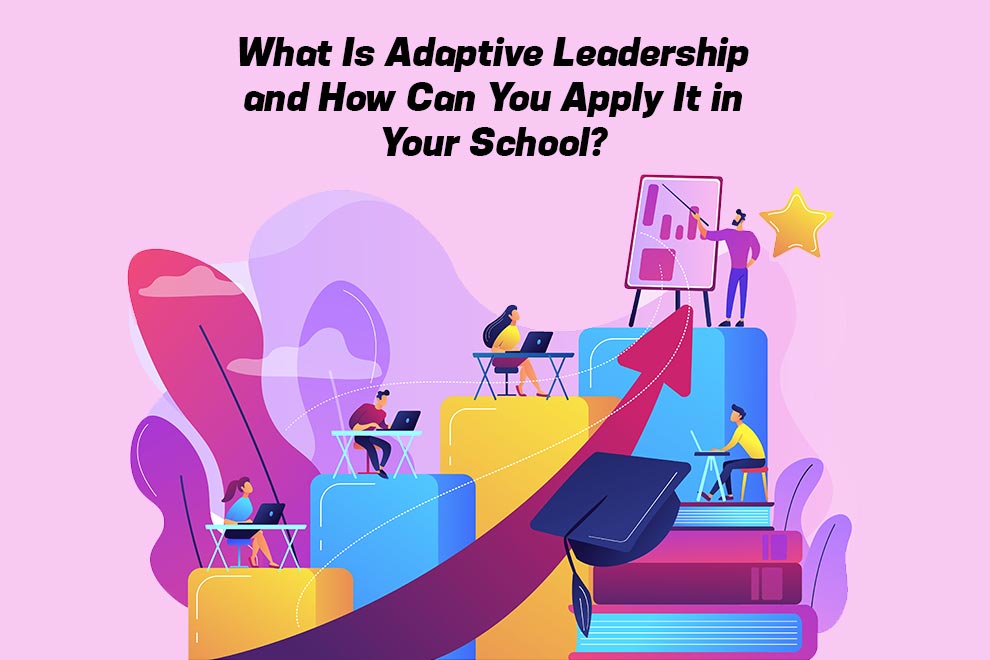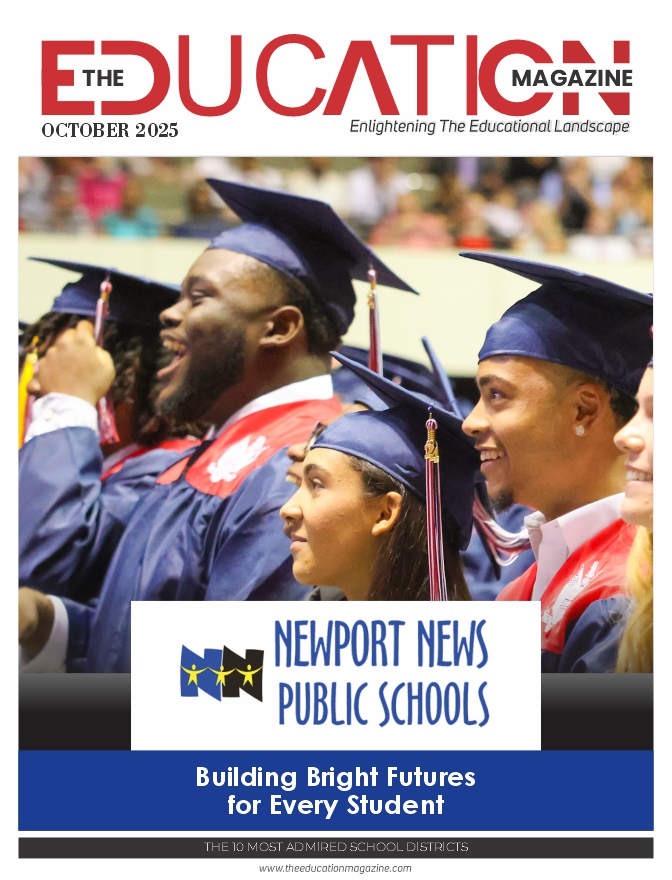The educational landscape of today is very different from what it once was. Technology has transformed the classroom much as it has the rest of the world. Not only that, but student demographics and community expectations have changed as well. The traditional, top-down leadership style that older generations grew up with isn’t nearly as relevant as it used to be. What’s taken its place is adaptive leadership — a framework that helps instructors and school leaders deal with the uncertainty and rapid shifts that are part of today’s education system.
What Does Adaptive Leadership Mean in Education?
Adaptive leadership isn’t a new concept — it was first popularized by Ronald Heigetz and Marty Linsky, and was created to help leaders focus on tackling complex, ever-evolving challenges that don’t have clear and easy solutions. Adaptive leadership has become more and more necessary in our rapidly changing world, and education is no exception.
But what does adaptive leadership mean in an educational context? It means guiding teachers, staff and students through changes such as digital transformation, new curricula, or post-pandemic learning models.
An adaptive educational leader should aspire to:
- Encourage collaboration and shared problem-solving;
- Remain flexible and responsive to new information;
- Facilitate an environment of experimentation and learning;
- Prioritize long-term sustainability over quick-and-dirty fixes to complex problems.
More traditional leadership models tend to center on hierarchy and control, which isn’t always the most desirable approach in today’s modern world. Adaptive leadership is more about empowering others to act — stepping back, getting some broader perspective, and giving others the tools they need to resolve challenges rather than wading into day-to-day firefighting.
Why Adaptive Leadership Matters in Today’s Schools
As previously mentioned, modern education is more dynamic than ever, mostly as a result of technology — but why is it particularly important to education? It all comes back to the sophisticated nature of today’s educational challenges; they resist easy fixes and often need innovation and collaboration to deal with.
For example, today’s teachers must think about how to integrate AI and digital tools responsibly into their classrooms, embracing new technology while also preserving equity and data privacy among their students. Another example is dealing with remote, hybrid, and flexible learning environments, balancing both online and in-person instruction — an unfortunate necessity in a post-Covid world.
There’s also the reality of shifts in parental expectations, labor shortages, and concerns over student well-being. Today’s students have a more varied and complex array of needs than ever before, and adaptive leaders understand that today’s problems can’t be addressed with yesterday’s solutions. They require not only innovation and collaboration, but empathy and a willingness to learn.
The Key Principles of Adaptive Leadership (for Educators)
For today’s educational leaders to be truly adaptive, they must adhere to a certain set of principles. If you’re interested in taking on a more adaptive leadership style, you should include the following:
First, anticipate change, looking ahead to spot trends that could affect your school (new technologies, policy updates, or changes in demographics).
Next, it’s important to foster collaboration by engaging with stakeholders such as other teachers, students, parents, and community members. Collective investment and ownership of challenges leads to stronger outcomes.
It’s also important to experiment and learn — starting new projects on a small scale, gathering data, and refining before you make any large-scale rollouts or changes. Adaptive leadership is all about making informed decisions and learning from both successes and failures.
An important part of that process is making use of feedback loops. Establish ways of gathering continuous feedback, whether it’s through surveys, reflection sessions, or advisory groups, to make sure your strategies are truly working.
Applying Adaptive Leadership in Your School
So if you were to try adaptive leadership in your own school, how would you go about it? Where would you start? It’s not as difficult as you might think. Adaptive leadership starts with the culture, and so that’s where you begin.
- Build collaborative teams to address large-scale challenges like attendance, technology, or literacy gaps. Working across departments will help things get done.
- Empower teacher leadership by encouraging them to take ownership of decision-making and new initiatives. By distributing leadership, you get more engagement and innovation, and avoid a top-down hierarchical strategy.
- Encourage and facilitate safe spaces for experimenting, keeping in mind that learning from both success and failure is part of an adaptive leadership style.
- Adopt reflective practices. What does that mean? Mostly, it means that feedback loop again; reflect on what worked, what didn’t, and what could be improved.
Start with these changes to your culture, and you’ll soon find an improvement in morale, more creative solutions to problems, and a team that can better handle change.
Developing Yourself as an Adaptive Leader
Becoming an adaptive leader isn’t easy — it requires a strong commitment to ongoing growth and learning. One way to develop yourself as a leader is by exercising continuous professional development through avenues like workshops, networking, mentoring, and formal education.
A formal education can be a particularly powerful tool in your arsenal. Pursuing an online master of education or an online education administration degree can be a great way to get the skills and experience you need. Because it’s a formal class, you’ll get the assistance of peers and educators; and because it’s online, you can put the lessons you learn to work immediately, applying new insights to your real-world challenges.
Adaptive learning isn’t about having all the answers. It’s about creating an environment where solutions can emerge, from collaboration and mutual insight. In today’s schools, the ability to adapt is more important than ever.
Also Read: Smart Learning, Smart Dining: The Role of Adaptive Furniture









